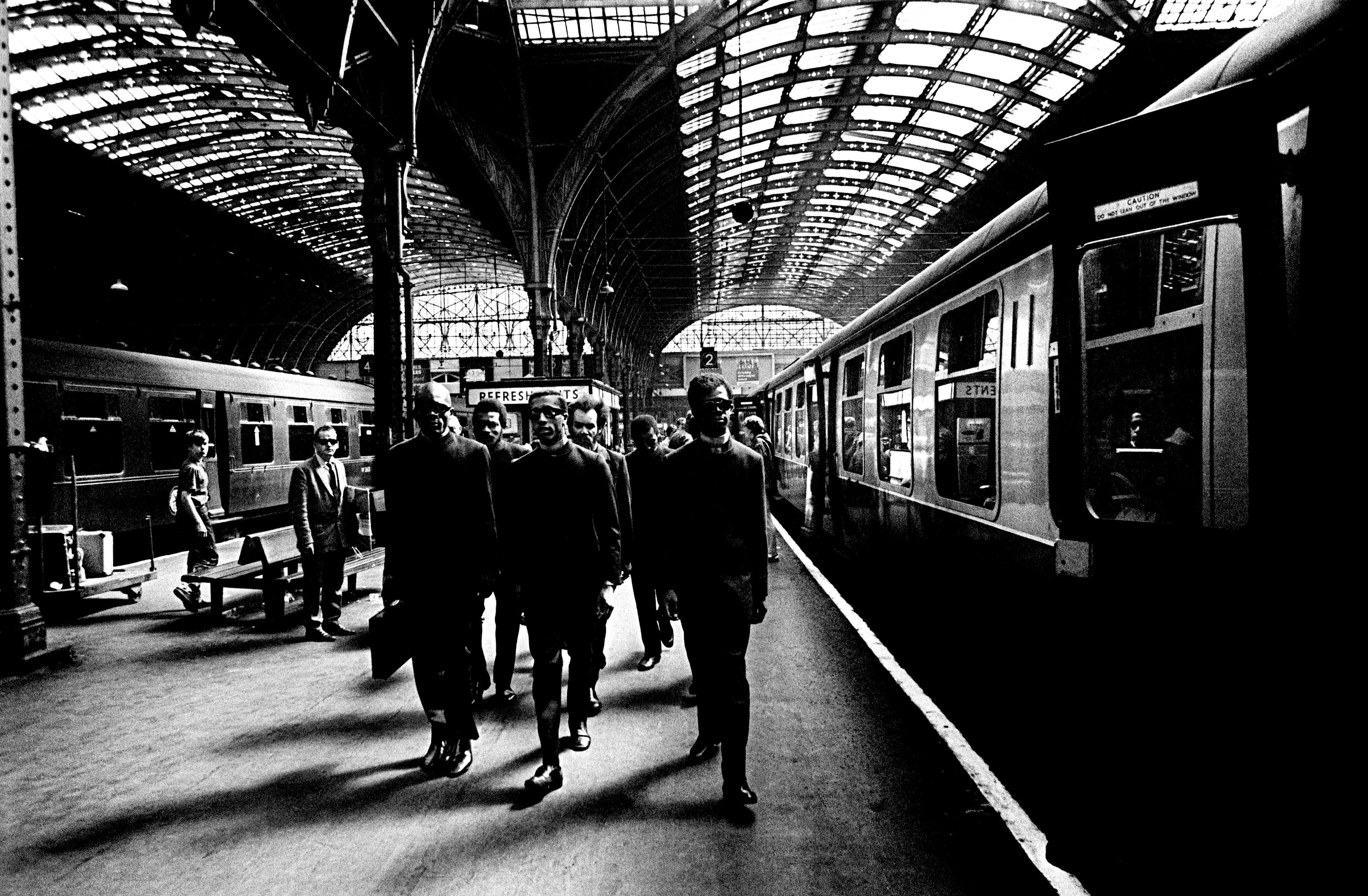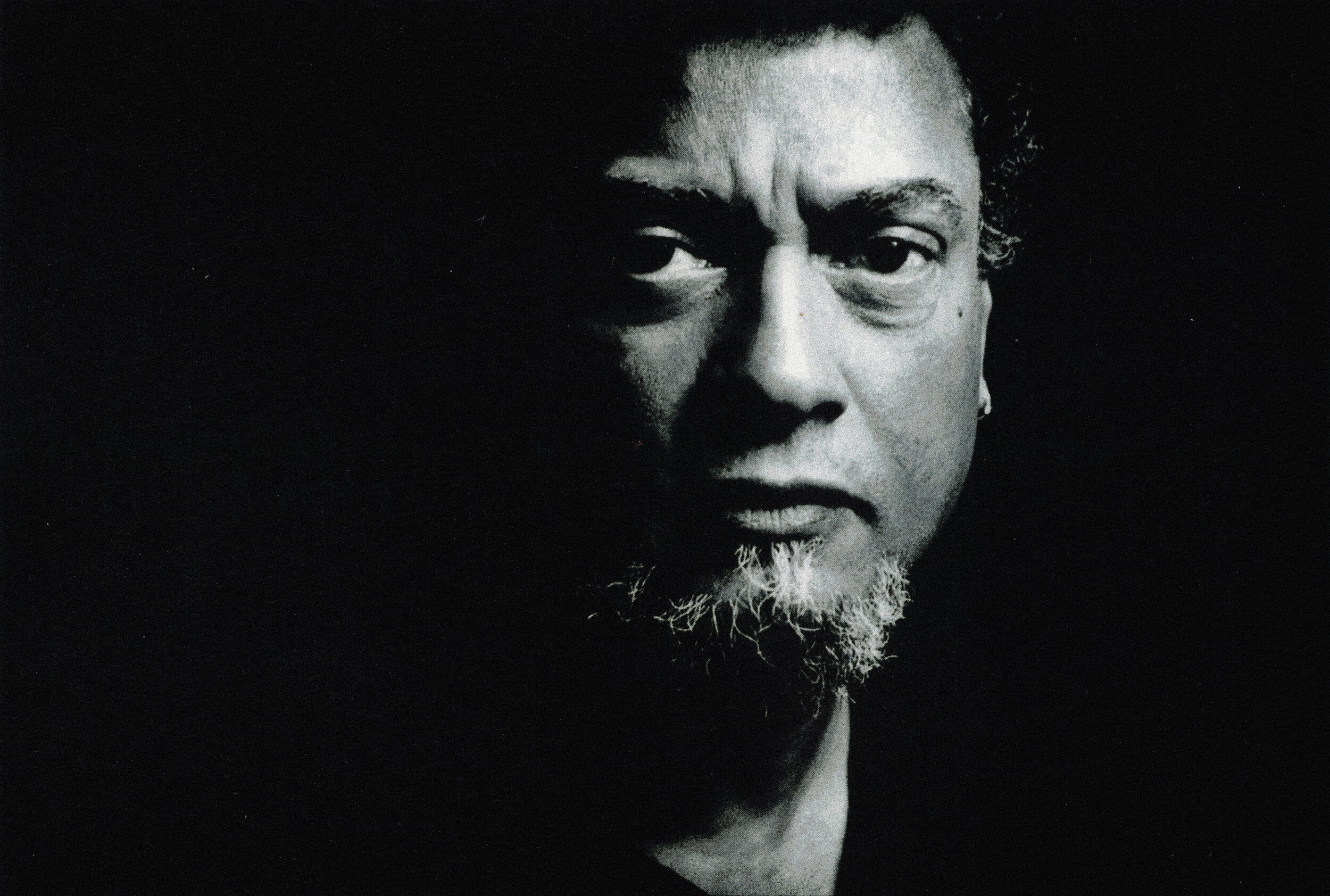
PHOTOGRAPHY
In parallel to his career in films is Ové's photography, which has been a constant throughout his life; informing his films both aesthetically and through the subjects which he photographed. His work has been exhibited internationally over the decades, including at UCLA, the British Film Institute and the University of Tübingen, Germany. In 1984 he had the first solo exhibition by a black photographer at The Photographers' Gallery, entitled Breaking Loose: Horace Ové. This was followed up by another exhibition focusing on his images of Trinidad Carnival, Farewell to the Flesh, at Cornerhouse in Manchester, from 28 February to 5 April 1987. In 2001, he was invited to exhibit his works in Recontres de la Photographie in Bamako, Mali.
In 2004, the exhibition Pressure: Photographs by Horace Ové, described as "the first in-depth look at his photographic back catalogue", curated by Jim Waters and David A. Bailey, in association with Autograph ABP, toured Britain, starting at Nottingham Castle museum, moving to the University of Brighton Gallery, the Norwich Gallery, Aberystwyth Arts Centre in Wales and the Arts Depot in London.
Since the 1960’s Ové has been photographing Britain’s black diaspora community. It is in this aspect where his work as a photographer is unique. He was active during this period, working alongside artistic factions and political activists, but at the same time had the vision and artistic ability to document events, individuals and the gatherings of black peoples from Africa, Caribbean and the USA – the diaspora – in and amongst home grown black communities. The photographs are time-based stills which utilise Ové’s skills as a filmmaker, painter and writer to construct a narrative of key moments of the black diaspora in Britain.
1960's Britain was a hotbed of political and creative activity, writers and thinkers came from around the world to discuss civil rights issues and form new movements. Horace Ové was at many of the meetings, gatherings and protests and captured the events as they unfolded, including the first Black Power meeting with Stokely Carmichael, Allen Ginsberg and Michael X, founder of the black power movement in the UK with John Lennon and Yoko Ono. He also photographed figures of the period including C L R James, James Baldwin and Darcus Howe as well as Sam Selvon, Andrew Salkey and John La Rose the founding members of the Caribbean Artists’ Movement.
Throughout his life and career Horace has documented Trinidad carnival in all of its creative and multi-cultural beauty. Of the carnival Horace states, ''Trinidad's carnival is a unique expression of cultural fusion; Africa, Indian, European, Chinese, born out of blood sweat and tears which I have grown up with and is part of me. Carnival is such an explosion of colour & fantasy that one could be blinded by it and then miss the subtlety of metallic tones and textures in individuals such as is depicted here''.
Ové also recorded the birth of the Notting Hill Carnival and charted its growth through the 1970's and 1980's from the early beginnings with the first Windrush generation to the pumping sound systems, fashions and street dancing of the younger generation. He has also recently brought his work up to date with new portraits of people like Sir Trevor MacDonald, Professor Stuart Hall and actors Eamonn Walker and Lennie James.
Collections
Below are 4 collections of curated photographic works by Horace Ové spanning multiple decades from the 1960’s through to the early 2000’s. Each collection is categorised around a central theme of his work and subjects.

"What I try to capture is the reality of a moment in a person's life that attracts my eye and my mind, as well as their thoughts and their inner feelings which reflects in their face and their body language, not just a pose for the camera, I try to do this in my films and in my photography."
Sir Horace Ové CBE




